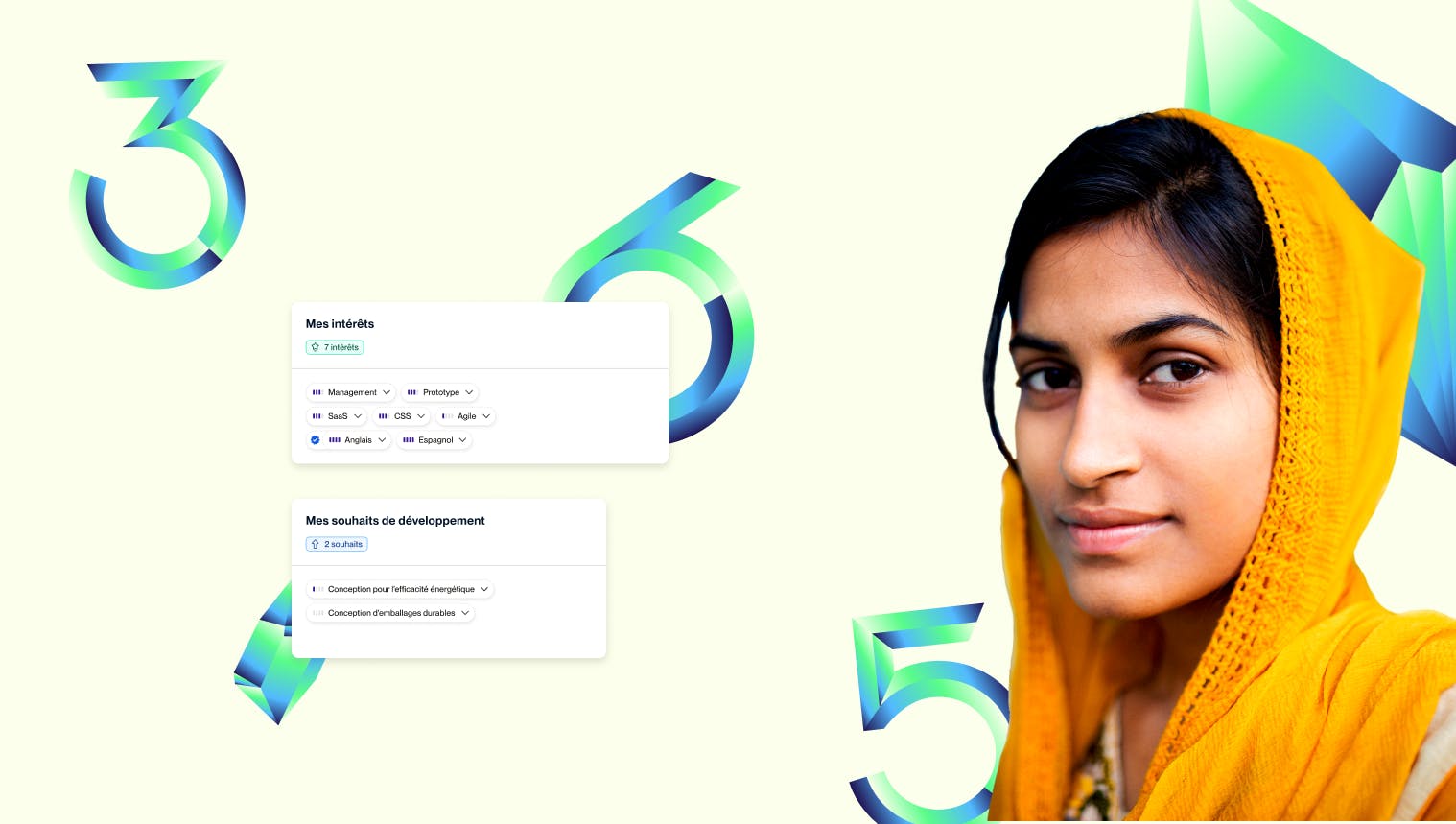HR burnout: how can HR tools reduce time-consuming tasks?

Work overload is a reality for many employees and teams. What about HR? A lot of responsibility falls on human resources. As a result, HR staff are burnt out, and no one is talking about it.
Managing time-consuming tasks is therefore becoming a crucial issue for preserving employees' quality of life and optimizing processes. How can HR tools alleviate this overload and improve task management within the company and HR teams?
A few figures on HR burnout to get you started...
HR professionals are facing significant burnout both globally and in the United States. Recent surveys reveal that 77% of U.S. professionals have experienced burnout at their current job, with more than half encountering burnout multiple times. This is particularly concerning for HR professionals, as their role in managing workplace well-being is critical, yet they are themselves prone to high levels of stress.
Globally, around 25% of workers report experiencing symptoms of burnout, with rates being consistent across various industries(
In the U.S., 65% of employees said they faced burnout in 2023, a jump from previous years. Contributing factors include increased workloads, lack of support from leadership, and challenges with work-life balance.
Burnout has severe consequences, including higher turnover rates and decreased job satisfaction, making it a critical issue for employers to address.
Reduce work overload with high-performance management tools

The importance of task management
Work overload is often the result of poor task management and inefficient resource allocation. To remedy this, it is essential to implement high-performance management tools that facilitate personnel and project management.
How does this apply to HR?
Task management software enables HR to centralize all tasks, assign clear responsibilities, and track project progress. These tools provide an overview of current and upcoming tasks, enabling better planning and avoiding overload for HR teams.
Project management tools also enable better allocation of human and material resources. By consolidating all project information, these solutions enable quick identification of bottlenecks and informed decisions to readjust workloads.
As a result, team members can concentrate on their core tasks without being constantly interrupted by unforeseen emergencies.
Improving the quality of life at work through better task management
Good task management makes a significant contribution to quality of life at work. By using appropriate management tools, HR teams and the company can better organize themselves and reduce the stress associated with work overload.
Project management solutions help clarify each team member's roles and responsibilities. These tools promote better communication and coordination between collaborators by precisely defining objectives and deadlines.
In addition, the transparency offered by these tools makes it easier to anticipate overloads and periods of high activity. Managers can adjust schedules and resources accordingly, thus preventing burnout and excessive stress.
Optimize project management for better performance
Optimizing project management is crucial to overall company performance. Advanced management tools allow teams to better plan and execute their projects.
Project management software offers advanced planning features like Gantt charts and Kanban boards. These tools enable you to :
- View all project tasks.
- Monitor progress in real time.
- Quickly identify bottlenecks.
By facilitating communication and collaboration between team members, these solutions promote better coordination and smoother project execution.
What's more, they enable efficient resource management and task prioritization according to importance and urgency. This enables managers to make informed decisions to allocate resources optimally and ensure project success.
Automate leave and payroll management
Leave management and payroll are time-consuming tasks for human resources. Fortunately, leave management and payroll software can automate these processes, reducing employees' workloads.
Leave management systems enable leave requests to be centralized and quickly validated. Employees can consult their entitlements and submit requests in just a few clicks.
Managers can approve or reject these requests, considering team schedules and business needs. This automation reduces errors and oversights while ensuring smoother absence management.
Payroll software automates the calculation of wages, social security contributions, and tax returns. It integrates data from HR tasks, from hours worked to absences, bonuses, and allowances.
This saves precious time and minimizes the risk of errors. Implementing payroll software also ensures compliance with current labor laws and regulations, reducing stress and the administrative burden.
Going further with AI for all HR missions

1. Automate administrative tasks
HR personnel are often overwhelmed by repetitive and time-consuming tasks, such as :
- Managing job applications
- Payroll processing
- Leave and absence tracking
AI, via solutions such as HR chatbots or automated management systems, can take over these processes, reducing the administrative burden. This allows HR to focus on more strategic missions, such as talent management.
2. Improved talent management
AI specialized in talent management can help to:
- Identify skills gaps,
- Propose personalized development paths,
- Facilitate internal mobility. This enables HR to make more informed decisions without having to manually analyze large amounts of data, thus reducing the risk of cognitive overload.
3. Predicting staffing needs
AI can analyze market trends and internal data to forecast medium-term recruitment or training needs. Thanks to predictive models, HR professionals can anticipate peaks in activity or turnover, thus limiting emergency decisions, which are often sources of stress.
4. Optimized management of well-being at work
AI tools enable real-time measurement of employee well-being through analyses of engagement, absenteeism, and satisfaction. These solutions can even detect signs of burnout or low morale by analyzing subtle indicators, such as survey responses or sick leave frequency.
5. Reducing bias in recruitment and talent management
Human bias can lengthen the recruitment or employee assessment process. AI, by analyzing objective data on skills and performance, makes for greater efficiency and reduces the stress associated with long, complex selection processes.
6. Facilitating onboarding
The onboarding process for new employees can be greatly improved with AI. Virtual assistants can accompany new recruits through their first steps, answering questions, automating the sending of documents, or managing initial training, relieving HR of this direct responsibility.
Overall impact of AI on HR workload
Ultimately, all these innovative tools help to reduce HR's workload and simplify their day-to-day missions.
- Time savings: 30-50% reduction in time spent on repetitive tasks.
- Improved efficiency: AI algorithms can analyze massive volumes of data in record time, lightening HR's mental load.
- Reduced stress: AI reduces the need to make immediate decisions under pressure, and helps prioritize critical tasks.
AI is an essential ally for HR professionals. Not only does it lighten their workload, but it also improves the quality of their decisions, reducing the risk of burnout and improving their job satisfaction.

FAQ
How can HR tools reduce work overload?
HR tools automate many administrative tasks, freeing up time for employees. For example, the management of timesheets, leave and payroll files can be handled more efficiently with these tools, reducing workload and potential errors.
What types of time-consuming tasks can HR tools automate?
- HR tools can automate tasks such as :
- Managing job applications.
- Interview planning.
- Integrating new employees.
- Performance monitoring.
- Absence and leave management.
- Report generation.
What impact do HR tools have on employee productivity?
HR tools improve employee productivity by reducing the time spent on repetitive administrative tasks. This enables employees to concentrate on more strategic and creative tasks, increasing their efficiency and job satisfaction.
How do you choose the right HR tool for your business?
To choose the right HR tool, it's important to assess your company's specific needs, considering ease of use, integration with existing systems, customer support and cost. It may also be useful to ask for demonstrations and read reviews from other users to ensure that the tool will meet your expectations.






